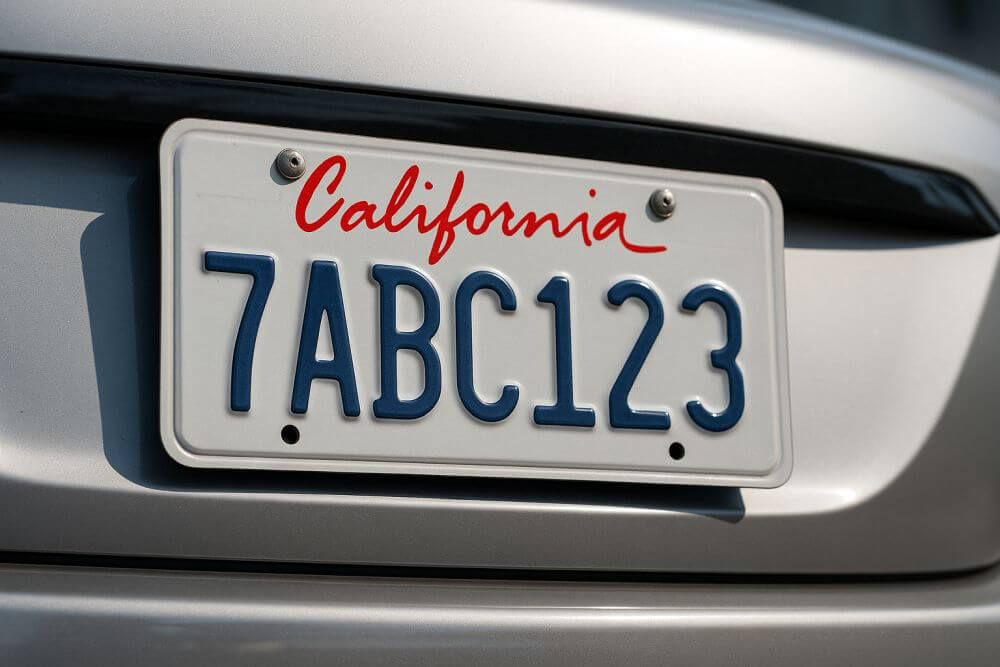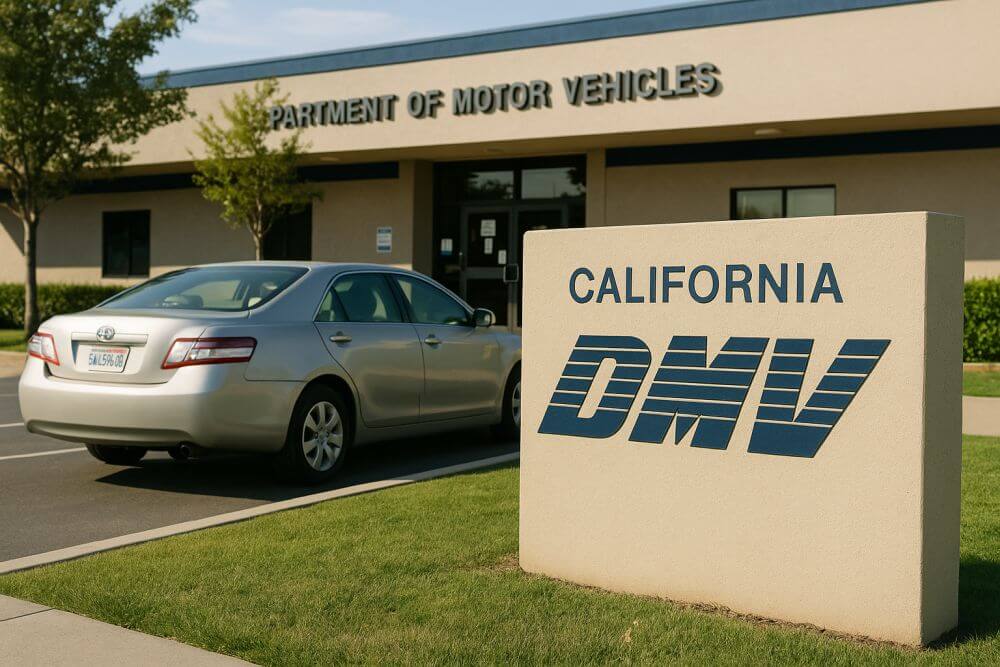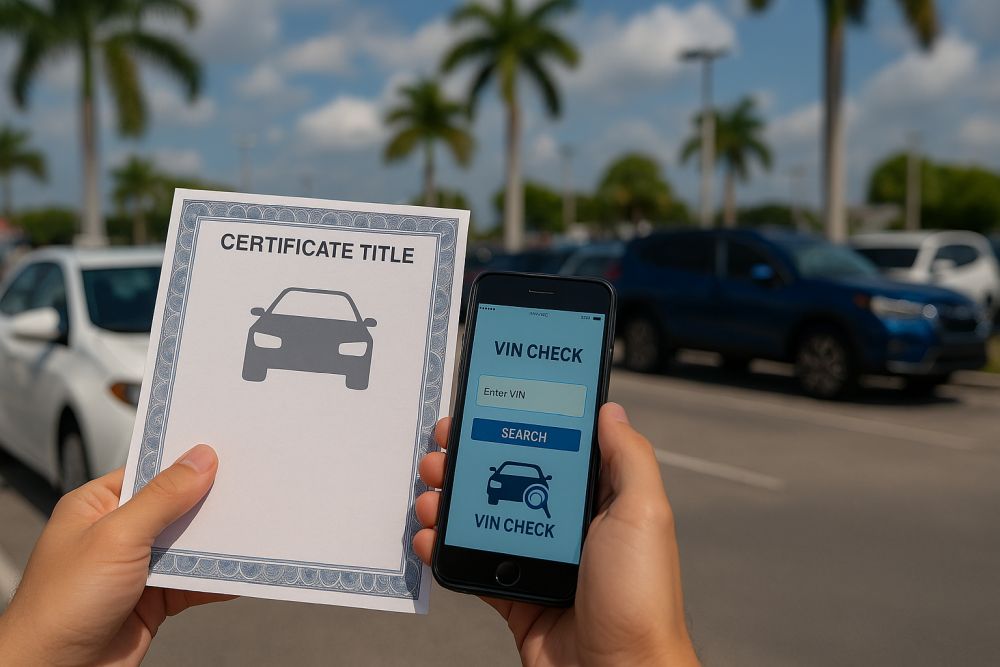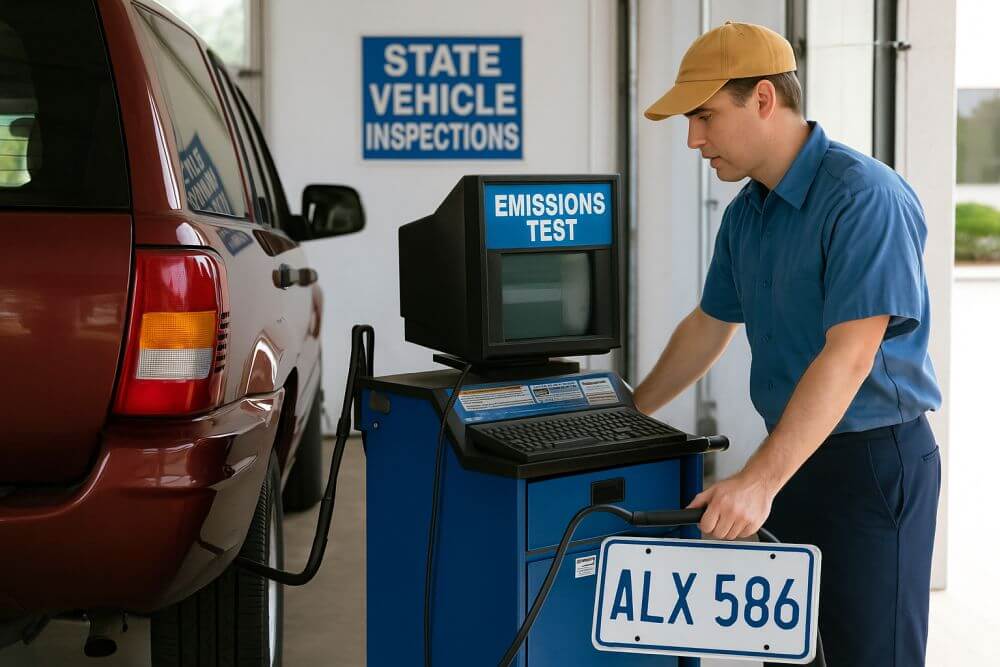If you’re buying a used car in California—or already own one—you may need to verify its title status and registration standing with the DMV. Whether you’re double-checking for a clean title, ensuring the car is legally registered, or trying to uncover hidden issues like registration holds or unpaid fees, the Vehicle Identification Number (VIN) is the key.

In this step-by-step guide, we’ll walk you through how to check a vehicle’s title and registration status in California using its VIN, what to look out for, and how to avoid common issues like lien complications, salvage branding, or suspended registration.
Why Title and Registration Status Matter in California
California is one of the strictest states when it comes to vehicle ownership records. And for good reason. Title and registration issues can lead to a host of legal and financial headaches for buyers and sellers alike.
Here’s why it’s important to verify these records before you commit to buying a vehicle:
- Title Issues: A vehicle may have a salvage, rebuilt, junk, or lemon law buyback title. These affect resale value and insurability.
- Lien Records: A car with an outstanding loan or lien cannot legally be sold without clearance from the lender.
- Registration Holds: Odometer discrepancies, unpaid tickets, smog check failures, or fees owed to the DMV can lead to suspended or incomplete registration.
- Stolen Vehicle Status: A mismatch in DMV data can sometimes indicate a stolen or cloned VIN.
Before you even step onto the lot or meet a private seller, it’s essential to get the facts.
🔎 Start with a Free VIN Check California tool to confirm title status instantly
Understanding the Difference: Title vs. Registration
Before we proceed, let’s clarify the difference between a title and registration:
| Term | What It Means |
|---|---|
| Title | Legal proof of ownership. Lists the owner’s name and the vehicle’s history (e.g., salvage, rebuilt). Managed by the California DMV. |
| Registration | Permission to drive the vehicle legally on public roads. Includes license plate assignment and fee payment. Also managed by the DMV, but renewed annually. |
A car may have a clean title but still be unregistered, or it may be registered but have a branded or problem title. That’s why checking both is critical.
Step-by-Step: How to Check a Vehicle’s Title and Registration in California Using the VIN
Step 1: Locate the VIN
Every vehicle has a 17-character Vehicle Identification Number (VIN). You can usually find it:
- On the driver’s side dashboard (visible through the windshield)
- Inside the driver’s door jamb
- On the California registration card
- On the vehicle title (pink slip)
- On insurance or service documents
Make sure the VIN is consistent in all locations. Mismatched or tampered VINs are a red flag.
Step 2: Use VinCheckPro’s Free California VIN Lookup
With your VIN in hand, go to:
👉 https://www.vincheckpro.com/free-vin-check/california/
This tool aggregates vehicle data from multiple sources—including the California DMV, National Insurance Crime Bureau (NICB), auction records, and salvage databases.
Your free report may include:
- Title brand history (salvage, flood, junk, etc.)
- Last registration state (e.g., California)
- Odometer readings
- Lien or loan records
- Theft status
- Open recalls
- Smog check and emissions issues
- Auction/salvage images (if available)
💡 Tip: If you’re checking multiple vehicles, you can run as many VINs as you want—no registration or payment required.
Step 3: Match the Report to the Pink Slip and Registration Card
Ask the seller for:
- The California Certificate of Title
- The current registration card
Then, compare the following:
| Field | What to Verify |
|---|---|
| VIN | Matches exactly on all documents and the vehicle |
| Title Status | Should say “Clean” or “Clear” (unless disclosed otherwise) |
| Registered Owner | Matches seller’s ID (if private sale) |
| Expiration Date | Registration is current and not suspended |
| Lienholder | “None” or properly released (if applicable) |
If anything doesn’t match or seems off, walk away or request a deeper investigation.
Step 4: Check for DMV Title & Registration Flags
In California, certain red flags may not appear on basic documents but are still recorded in DMV databases:
- Registration holds (e.g., due to unpaid parking tickets)
- Pending smog check failures
- Unpaid transfer or registration fees
- Odometer rollback alerts
While these issues may not prevent you from buying the car, they will prevent you from registering it in your name until resolved.
Using a VIN check tool like ours can help uncover these issues before you pay.
Step 5: Request a Full Title Transfer (If Buying)
If you’re buying the vehicle and everything checks out:
- Complete the Title Transfer using CA DMV Form REG 227 (Application for Duplicate or Paperless Title)
- Confirm the seller signs the title and bill of sale
- Pay the transfer fee and use tax
- Submit your smog check, if required
The DMV will mail you a new title in your name and update their system.
You can also file everything online or at a DMV partner office, speeding up the process.
Why Free VIN Checks Work for California Vehicles
California is one of the most transparent states when it comes to automotive data. Thanks to DMV disclosures, emissions tracking, and insurance reporting, you can get a surprisingly complete vehicle history without paying Carfax prices.
That’s where VinCheckPro.com comes in.
Our reports access and consolidate:
- California DMV title and registration status
- Theft and lien data
- Insurance total loss records
- Auction images and sales history
- Mileage tracking
- Recall and warranty data
All without requiring you to create an account or pay a fee.
What to Do If You Spot a Problem
If your California VIN lookup reveals any of the following:
- Salvage or rebuilt title – Ask for repair receipts, a brake/light inspection, and make sure it passed the California BAR smog test.
- Outstanding lien – The seller must get a lien release from the lender or DMV before selling the vehicle.
- Registration suspension – Ask for DMV clearance documentation and verify the suspension has been lifted.
- Odometer discrepancies – Proceed with caution; may indicate rollback fraud or cluster replacement.
If you’re unsure, contact the California DMV directly or consult an automotive attorney.
Smart Buyer Tip: Always Run the VIN First
Whether you’re buying from Craigslist, Facebook Marketplace, a used car dealership, or even a friend—you should always:
✅ Run a **California VIN check before meeting
✅ Ask to see the title and registration in person
✅ Match the VIN on all documents and vehicle parts
✅ Avoid paying before confirming ownership status
Starting your research early can help you:
- Avoid scams or title-washed vehicles
- Negotiate better with the seller
- Budget accurately for registration and tax
- Prevent costly surprises after purchase
Final Thoughts: Trust But Verify
Buying a used vehicle in California can be a great value—but only if you do your homework. The best way to protect yourself is by verifying the title and registration using the VIN. This small step can prevent big financial and legal problems later on.
Thanks to modern tools like VinCheckPro’s free VIN search, you don’t need to pay $40+ for vehicle history data. You can check instantly, confirm registration standing, and validate ownership—all without leaving your browser.
✅ Start with a Free VIN Check California tool to confirm title status instantly
Check multiple vehicles before you buy. Spot red flags early. Make smarter, safer decisions when buying your next California car.


